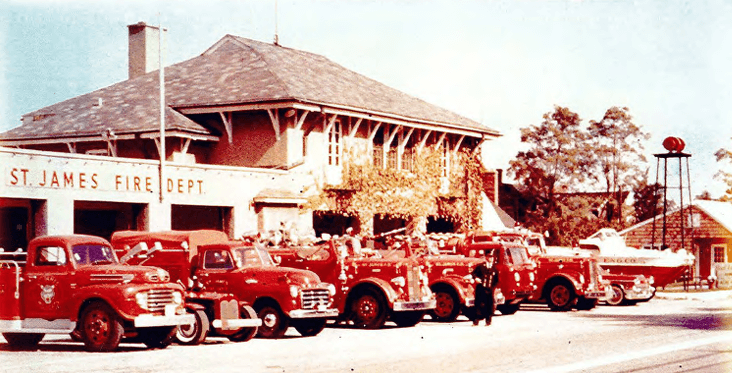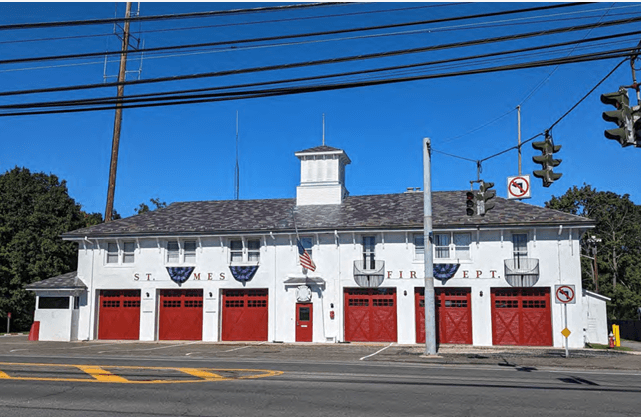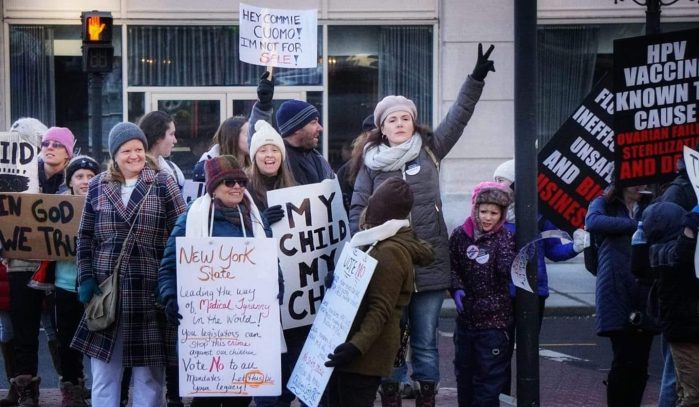St. James Firehouse Nominated to Register of State, National Historic Sites
St. James Firehouse in Suffolk County is one of 16 properties that New York State recently nominated to become registered as a historic site, Gov. Kathy Hochul announced on Thursday.
The New York State Board of Historic Preservation recommended that the sites be added to the State and National Registers of Historic Places.
“These nominations showcase the New York spirit of innovation, adaptation and community building that has existed for generations and continues to inspire us today,” Hochul said in a statement. “Adding these sites to our historic registers broadens our understanding of New York history and encourages us to learn more about our diverse, collective past.”

The historic St. James Firehouse celebrated its 100th anniversary last year. It was built and designed with an arts-and-crafts-influenced style in 1923 by Lawrence Smith Butler. Since then, the Smithtown landmark has operated not only as a firehouse but also as a community space where the public can gather for various forms of social activities.
Additionally, the nomination includes the 1972 Colonial Revival-style garage, which is mainly used today for storage and office space.
Frank Sapienza, chief of the St. James Fire Department, said he is excited about what the nomination means for the firehouse he has called home for the past 25 years.
“It’s one of the few buildings in the town that everybody kind of knows,” Sapienza said. “When people talk about St. James, they always talk about the white firehouse with the red doors … so it’s very nice that it’s going to be honored as a historic place and that means it’ll stay the way it looks forever, which is great.”
The site’s listing as a historic site allows its owners to receive assistance in revitalizing the property in the future. This would make it eligible for public preservation programs and incentives that can match state grants, as well as federal and state historic rehabilitation tax credits.



































